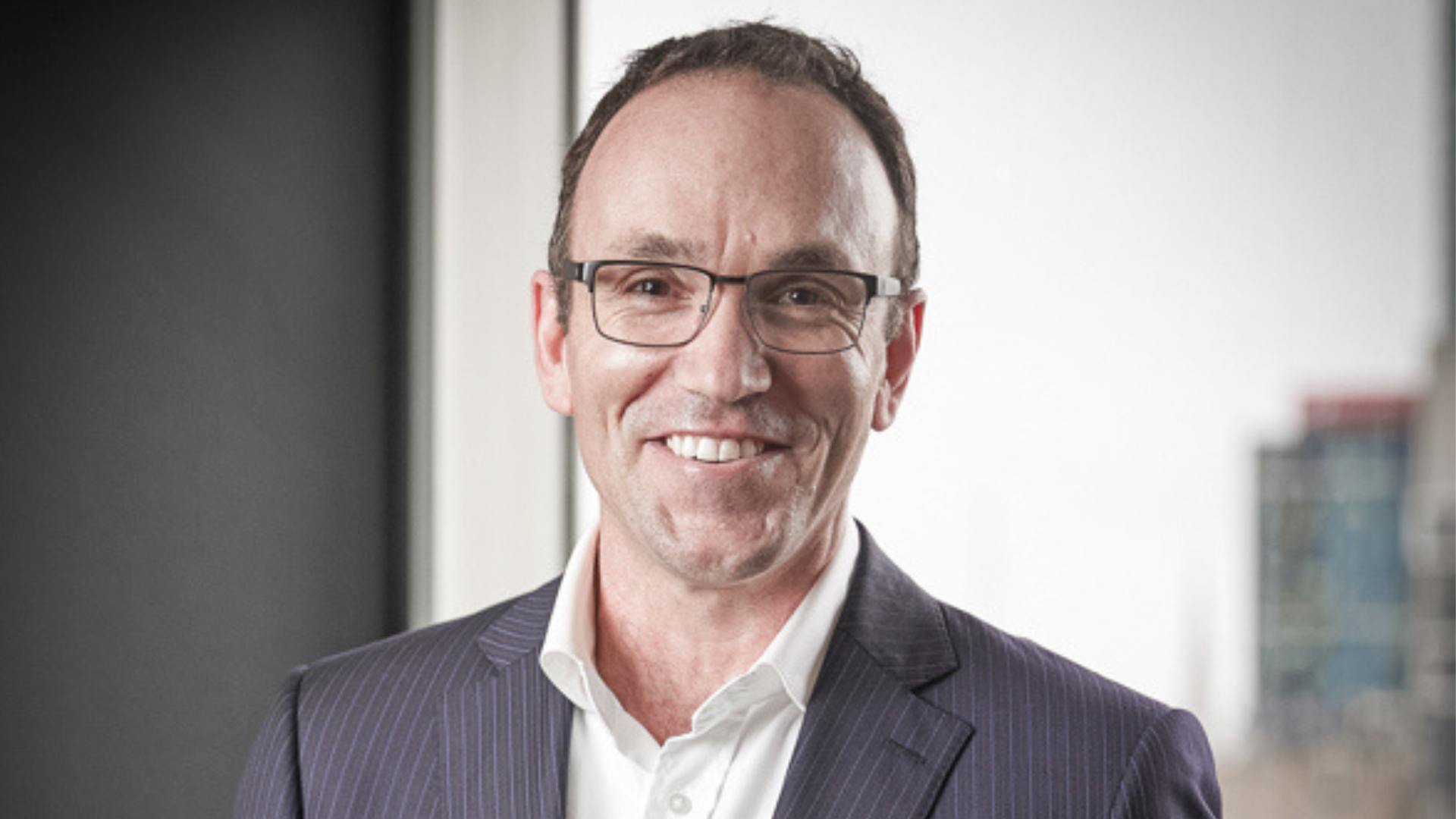Global Fixed Income Bulletin: Is the Tide Turning?
The first was robust job growth and sticky core inflation due to the pressures from elevated service inflation. The second was concern around economic weakness from the fallout from First Republic and regional bank deposit runs with the potential for a credit crunch.
Volatility fell, with interest rate volatility retracing back to February levels and the VIX trading below 16 to end the month.1 Developed market (DM) rates were mixed, with yields largely moving sideways in most economies. DM central banks continued with their rate hikes but made clear they were approaching the end of their hiking cycles, and that further hikes would be data dependent (again, moving further away from their previous rhetoric of forward guidance). Japan was the outlier, and continued with their dovish agenda. Central Bankers during their meetings in Washington D.C. also made clear that inflation was higher than any of them would like and that they expected to keep rates higher for longer.










